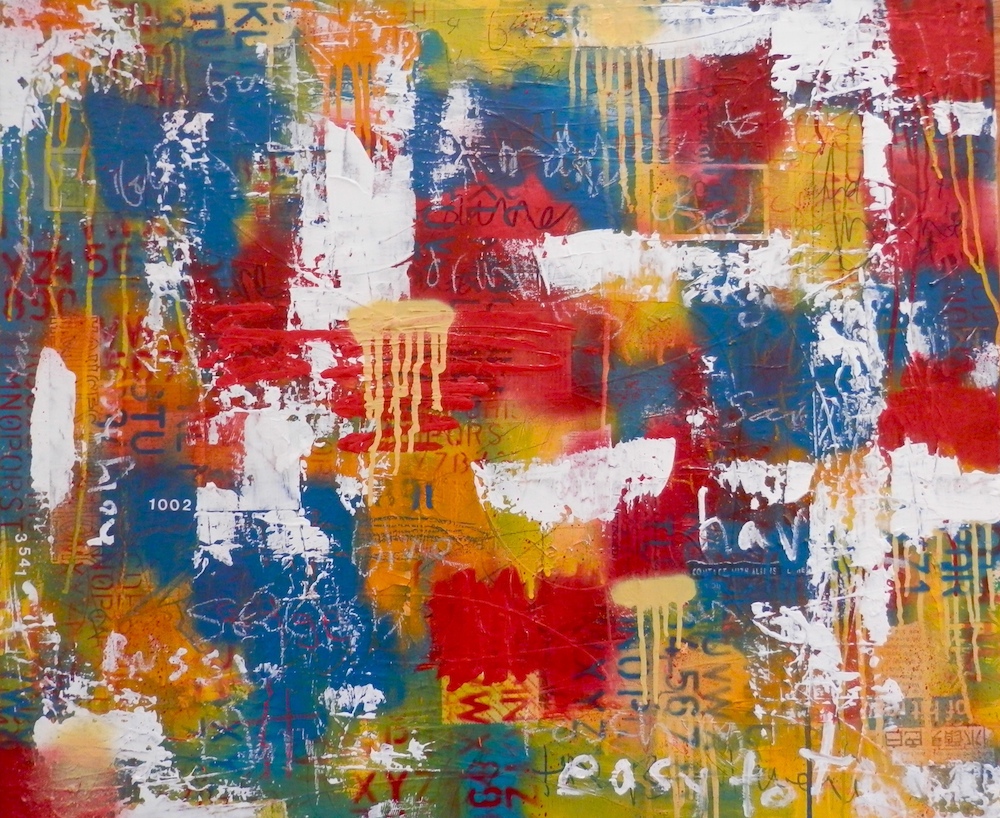
For too many new years, my resolutions had to do with ascetic sacrifices like drinking less wine. A guilty cloud was an unwelcome guest at my noisy dinner or the solitary nights I had loved so much, working at home alone. But a few years ago, I decided I had given up enough. I was unwilling to give up a long-term romance just because my excesses were bad for me. This same lover, calories be damned, had enchanted countless imaginations from time immemorial. I took a different tact- to know my lover better, and enjoy a more profound relationship. I would be satisfied to pine for days in absentia but duly cherish nights of abundant fountains. Rather than aiming for less, I would love more.
I would get to know wine better. I would unravel the poetry in her heady bouquets of cigar and honeysuckle and spicy sausage. I would not be sheepish and clandestine, but saucy and informed. I picked up more books about wine and read from Ulysses, too; I was charmed for a change by Hemingway, who said the gift of civilized humanity was wine.
To give in to the romance of wintery white and plush cerise changes everything; an array of subtleties of food come alive, too, and the textures and colours in my art studio matter even more. Some of the crudeness of existence is softened, and the beauty is heightened. Life becomes enchanted and every detail takes on a more sensual quality.
Savouring wine expands our tastes and senses and opens our eyes in a profound way.
It is no coincidence that wine is the classic accompaniment to the viewing and buying of art. The softly heightened senses and relaxation provide the perfect frame of mind for contemplation and conversation. (Cynics who think it’s about getting guests drunk and conning them into buying artwork might consider that a prom style punch bowl with cheap gin could work better in this regard.) More importantly, buying art is a tremendous service to oneself and others. Contributing to the creation of magic, beauty, and history and owning something of these elusive qualities for themselves are exactly why art patrons have always been considered cultured and civilized.

Perhaps resolving to get up at three a.m. for spin class and swear off quotidian indulgences such as pinot grigio are actually ways of disengaging from life, disguised as self-improvement. Perhaps a better investment in improvement is to commit to live more fully and more artfully. 2014 is the perfect year for fostering a deeper relationship with beauty, divinity, history, humanity, creativity, and romance. More wine and cheese. More galleries, more Mozart, more masterpieces.
Art, like wine, becomes both more intimate and more expansive the more fearlessly you explore it. Acquired tastes, as they are called, are the best tastes. No one loves espresso or Sangiovese or oysters at first bite. But ultimately, these fine flavours come to complement and even surpass all others.
In this same way, our early appreciation of art will entail Monet’s water lilies and hay stacks, pabulum as sweet and fuzzy as a young girl’s sweater. We will like cheerful paintings of sailboats and autumn foliage and horses and why not? Beauty matters, and these things have an easy beauty about them.
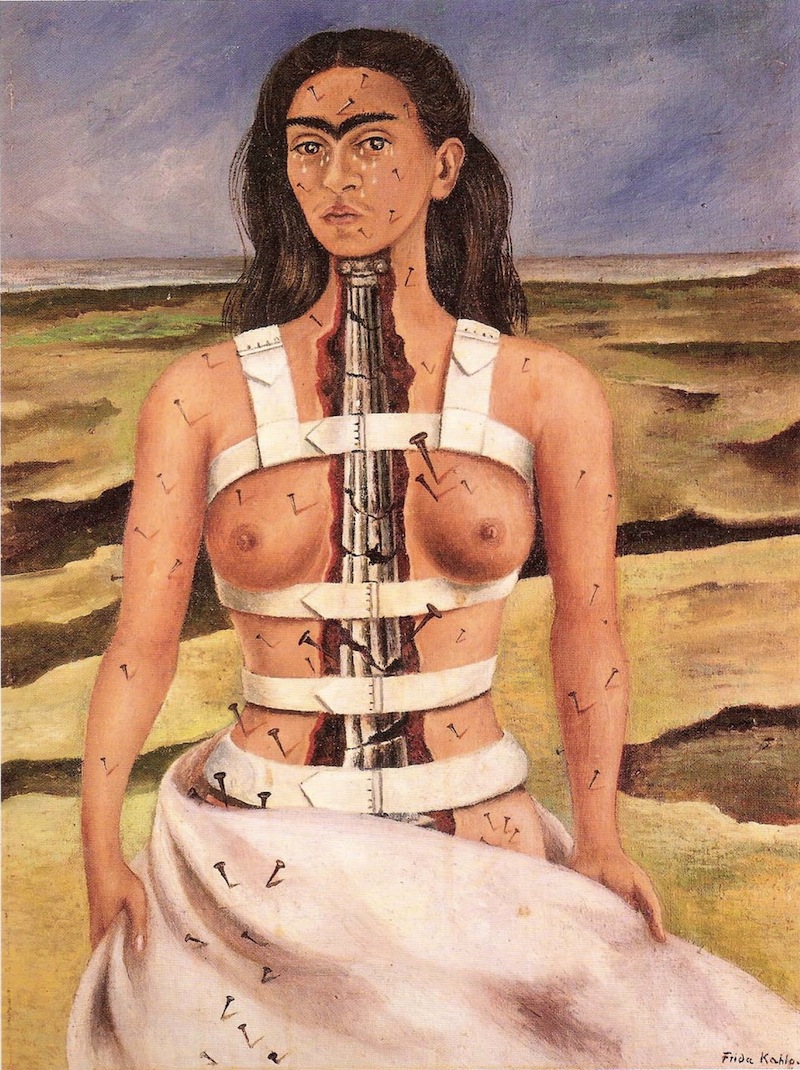
We will need to know more about mythology and literature to better interpret the disturbing, gloomy, pre-apocalyptic Laocoon by El Greco. We will need some historical context to appreciate the downright Bradburyian upheaval of the machine age; otherwise we can’t fathom from here, an age where driverless and flying cars are newly reality, the wonder and fear that drove artists like Fernand Leger. His stuff always looked to me like those bad ‘80s geometric doodle art things! Then, Frida Kahlo’s work is a garish and confusing blend of merry colours and macabre torture. Until one understands how most of her life was spent suffering and broken, after being impaled in an accident by a steel rod, one can’t appreciate how or why her paintings merged beauty with pain.
Even a rudimentary understanding of art history opens us up challenging pieces; works that are already beautiful come alive with greater recognition of symbols across the centuries. The more we discover, the more our tastes expand. The more our imagination is ignited, the more we want to challenge it. Our experiences become richer; we find new ways of seeing. We see that art is a conversation with another’s imagination. We find out that gastronomy and the shared pleasures of wine and conversation are not luxuries – rather, they are the very essence of life.
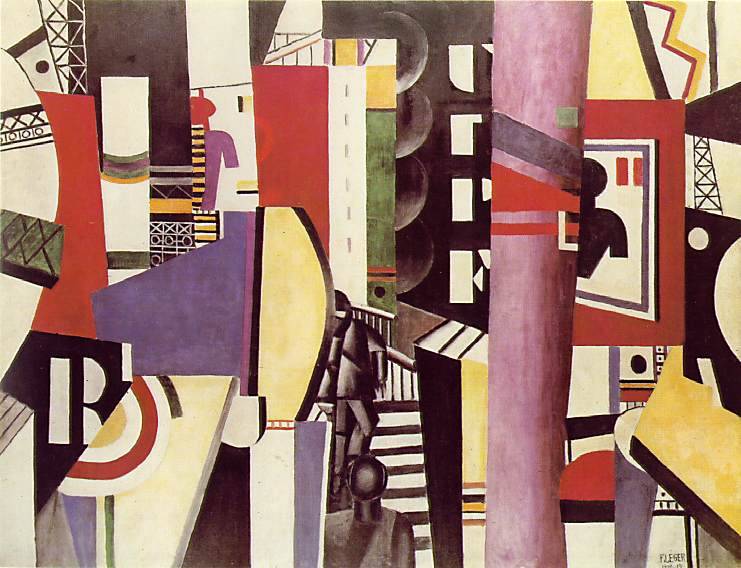
Last week, on New Year’s Eve, I was up north with two dear friends and a treasure trove of goat cheese, beer soaked salami, cilantro bundles, dizzying chilli pepper pesto, crunchy bread and butter pickles, teeny tiny olives, roasted beets, lemon soaked onion slivers, smoked sea salt and fresh dill on bits of trout, Sriracha potato mash, Dijon leek tapenade, pink champagne, and an array of fine wines. Every sip called for poetic descriptives and analyses, every bite was a celebration of adjectives. We listened to Kate Bush’s The Sensual World. We listened to opera. We talked about art all night. My hosts are planning to invest in another Luzajic original, and I bubbled enthusiastically all evening about the many creative breakthroughs I’ve been making in my work.
And before we knew it, it was 2014.
My resolutions? Make more art. See more art. Drink more wine.
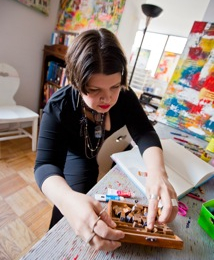
 Lorette C. Luzajic is an artist and writer with roots in southern Ontario’s wine country soil. Native to Niagara, at home in Toronto, her work is inspired by wine, cheese, and bleak post-apocalyptic literature. If you missed her at the ROM or the Ritz, visit her at ideafountain.ca. Photo at left: Ralph Martin. Photo at right: what Lorette considers a perfect night.
Lorette C. Luzajic is an artist and writer with roots in southern Ontario’s wine country soil. Native to Niagara, at home in Toronto, her work is inspired by wine, cheese, and bleak post-apocalyptic literature. If you missed her at the ROM or the Ritz, visit her at ideafountain.ca. Photo at left: Ralph Martin. Photo at right: what Lorette considers a perfect night.

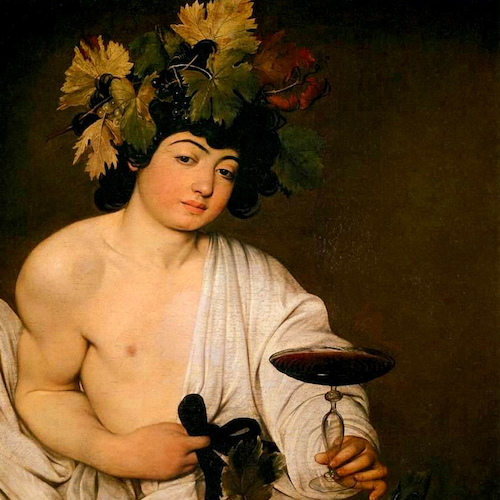



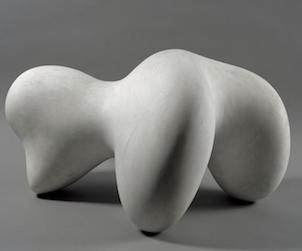

Lorette, Your thoughts on expansion rather than contraction are so wise. Clearly you are an artist, so you would likely never buy into popular notions of self improvement anyway. Viva! Live, explore and expand!
Thanks so much Douglas for dropping by. To a great year ahead!